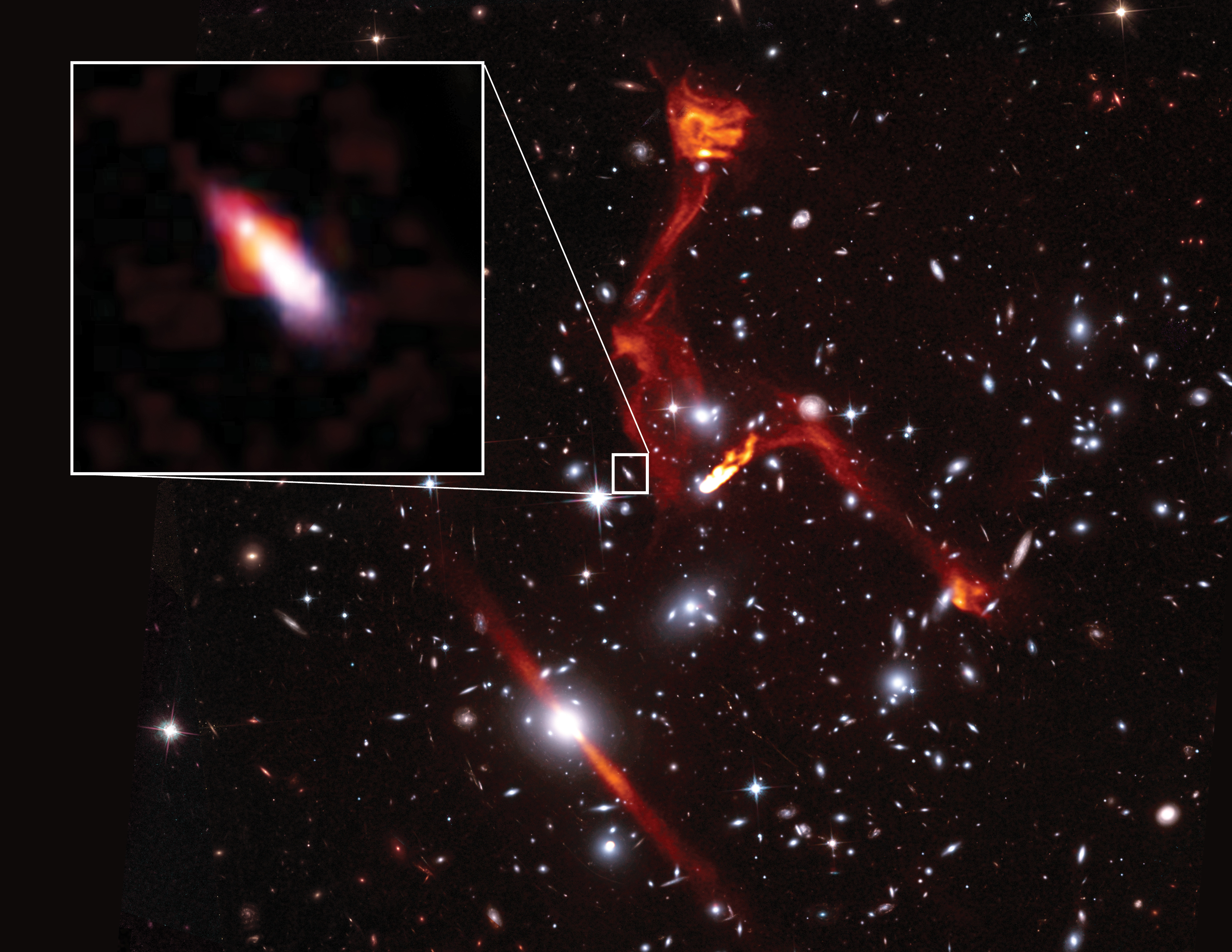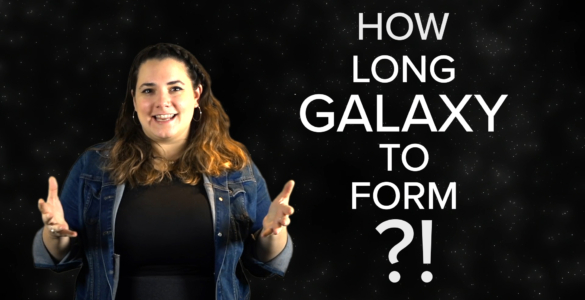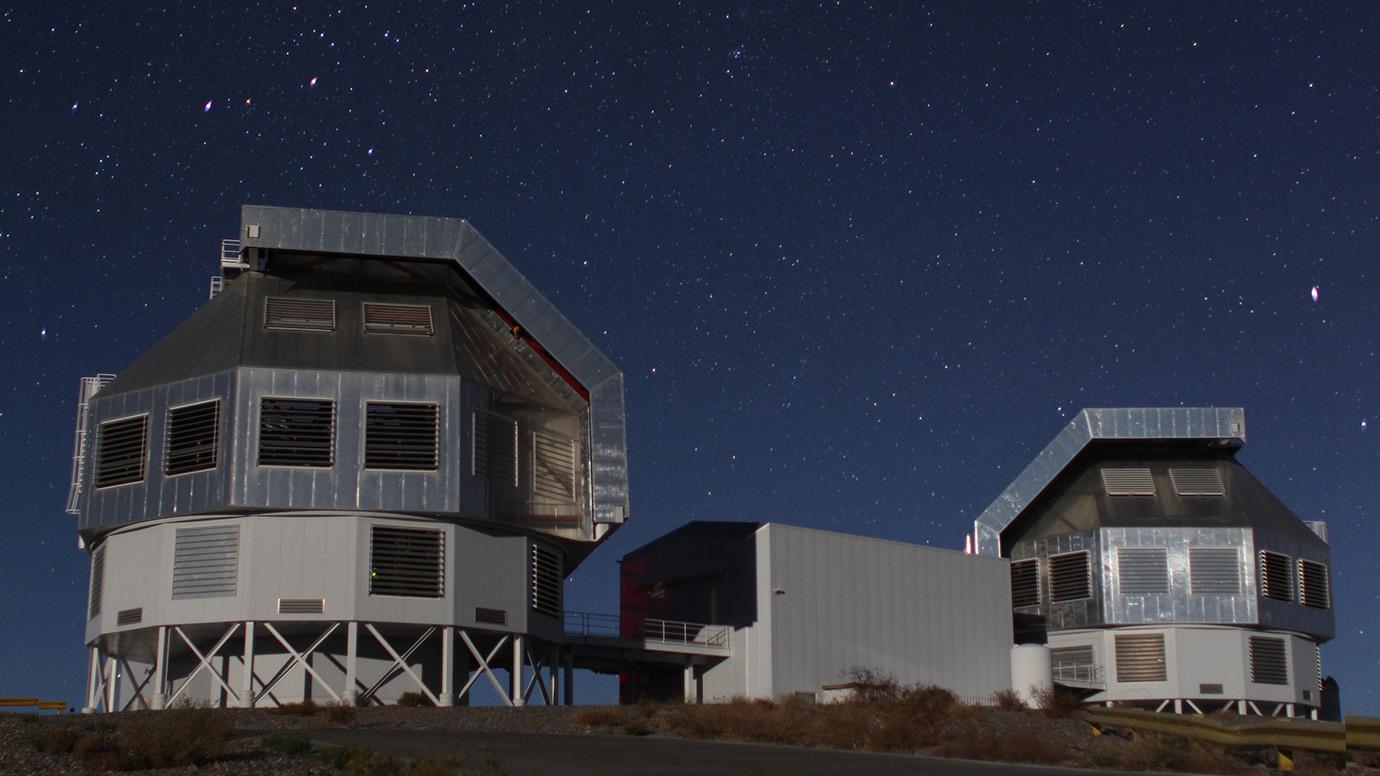Janice Lee, Chief Scientist at the International Gemini Observatory, leads the JWST Treasury Survey for the PHANGS (Physics at High Angular resolution in Nearby Galaxies) collaboration to study how star formation affects the evolution of galaxies. These observations are providing new insights into how some of the smallest-scale processes in our Universe — the beginnings of star formation — impact the evolution of the largest objects in our cosmos: galaxies.
Tag: Galaxy Evolution
Pitt astrophysics expert wins Packard Fellowship developing novel galaxy simulations
Pitt’s Evan Schneider has won a Packard Fellowship Award. She is the first woman at Pitt to win the award and Pitt’s third winner since 1988. Using a GPU-powered code of her own design and the world’s fastest supercomputers, Schneider and her team simulate galaxies with greater clarity than ever before.
Hubble Snapshot of ‘Molten Ring’ Galaxy Prompts New Research
In this image, a remote galaxy is greatly magnified and distorted by the effects of gravitationally warped space. After its public release, astronomers used the picture to measure the galaxy’s distance of 9.4 billion light-years. This places the galaxy at the peak epoch of star formation in cosmic evolution.
Hubble Finds Early, Massive Galaxies Running on Empty
Fast and furious—that’s how six massive galaxies in the early universe lived before they literally ran out of gas, shut down star formation, and died. These images are composites from Hubble and ALMA.

IMAGE RELEASE: Cosmic Lens Reveals Faint Radio Galaxy
Astronomers using the VLA took advantage of the gravitational lensing provided by a distant cluster of galaxies to detect an even more-distant galaxy that probably is the faintest radio-emitting object ever found.

Featured Video: Rotating Galaxy Disks in the Early Universe
Host Melissa Hoffman of the National Radio Astronomy Observatory talks about how ALMA discovered a young galaxy and what it tells us about our own Milky Way.”

University of Chicago undergrads discover bright lensed galaxy in the early universe, despite pandemic barriers
A class of undergraduate astrophysics students at the University of Chicago helped discover a galaxy that dates back to a time when the universe was only 1.2 billion years old, about one-tenth of its current age.
Quasar Discovery Sets New Distance Record
Astronomers have discovered the most distant quasar yet found. The quasar is seen as it was only 670 million years after the Big Bang, and is providing valuable clues about how huge black holes and their host galaxies formed in the early Universe.